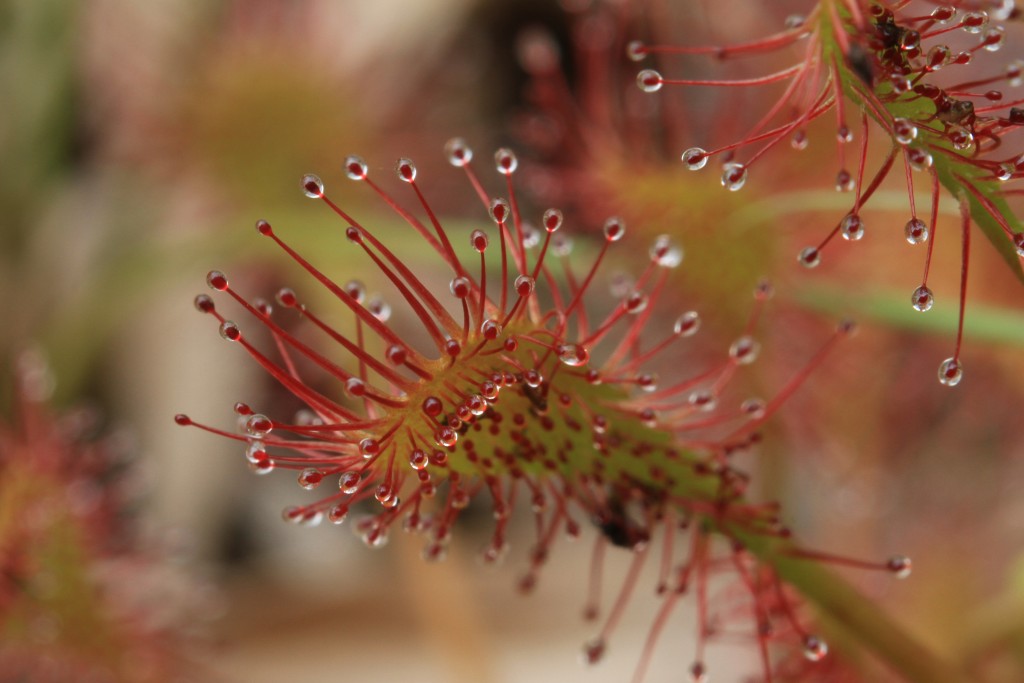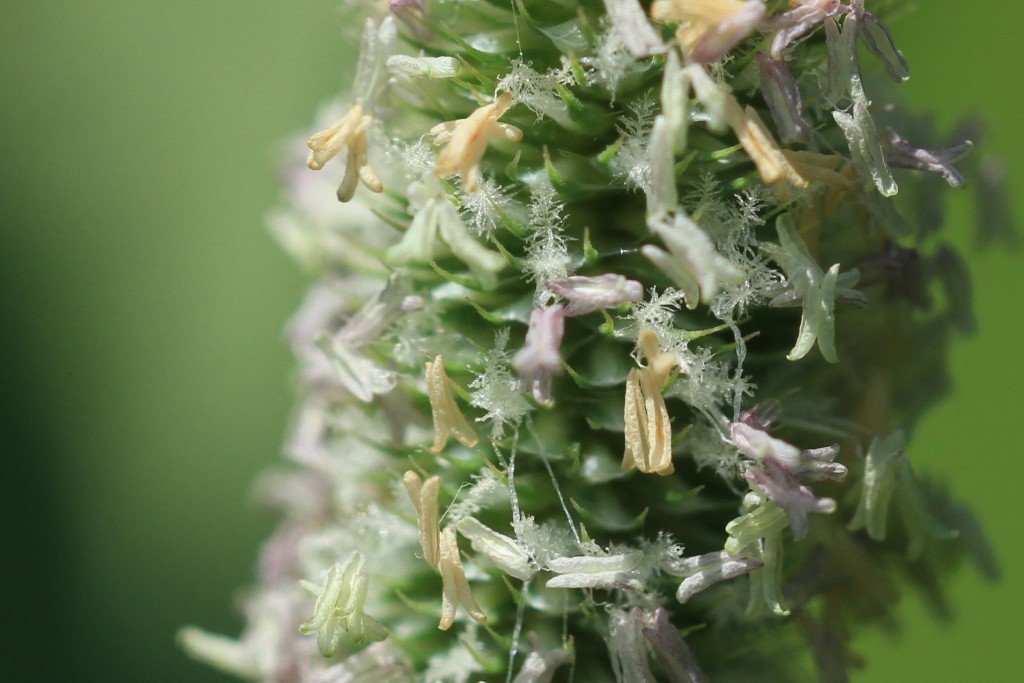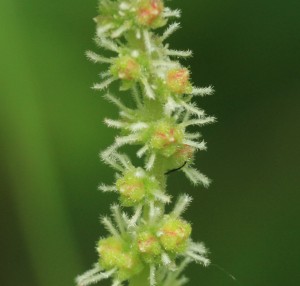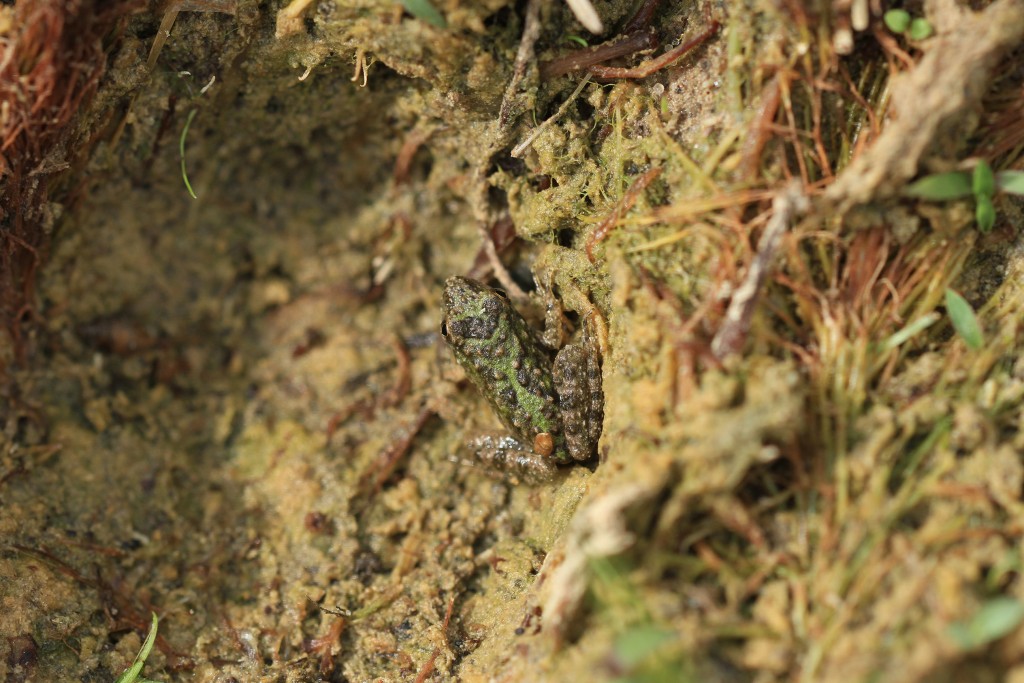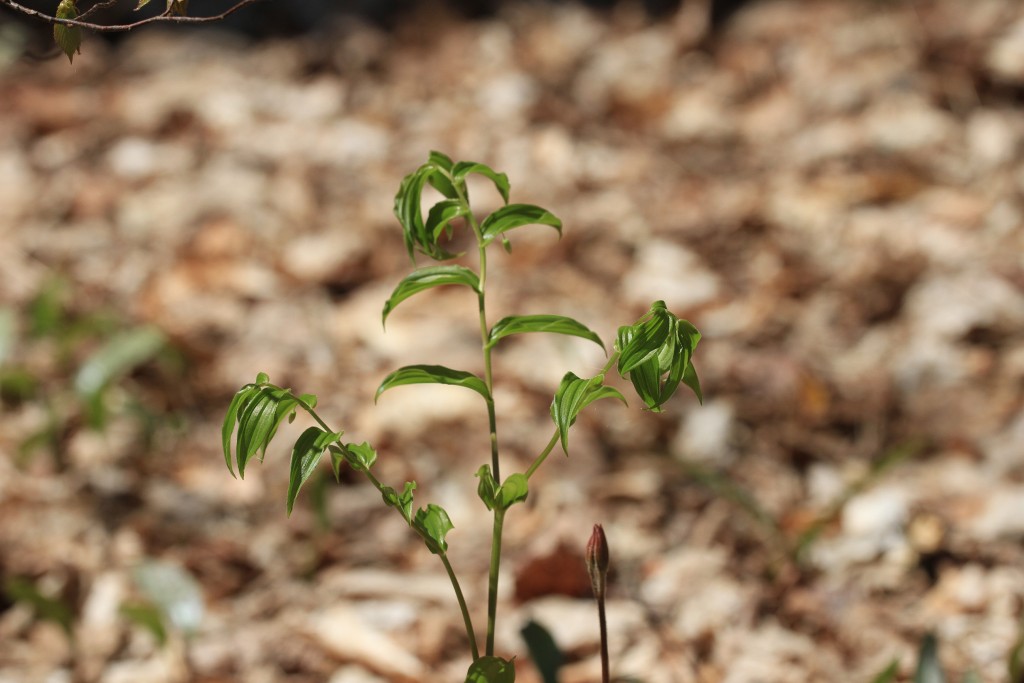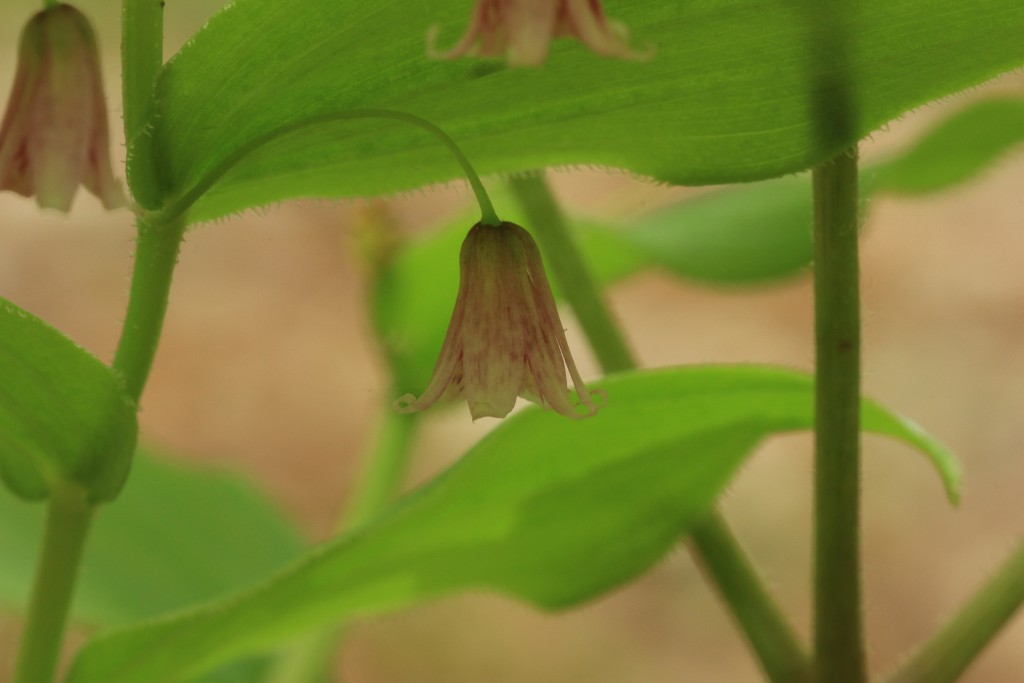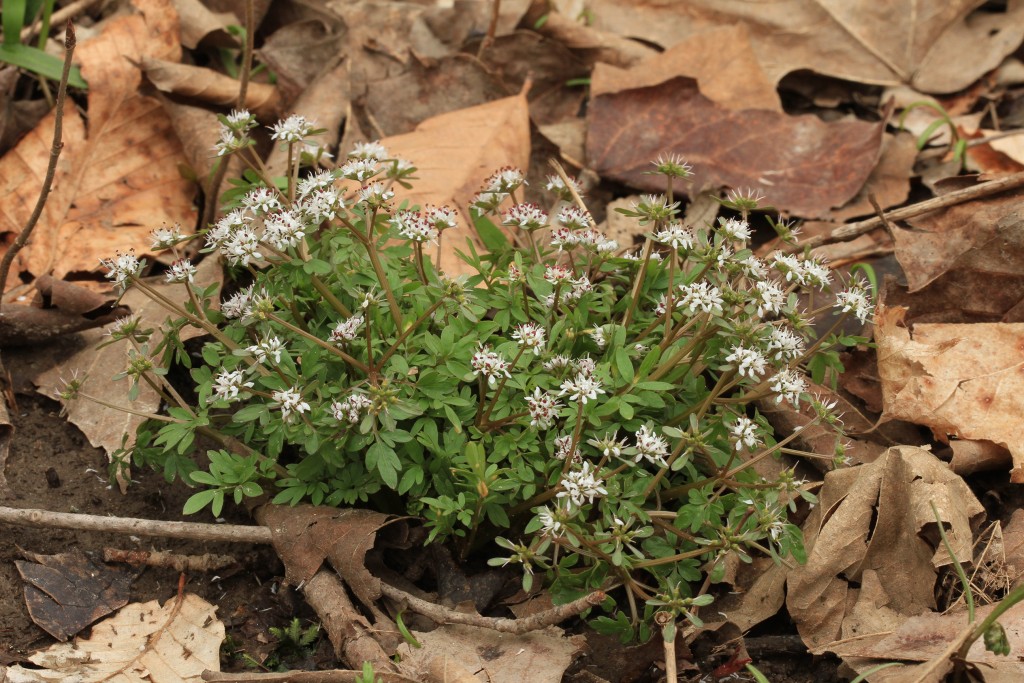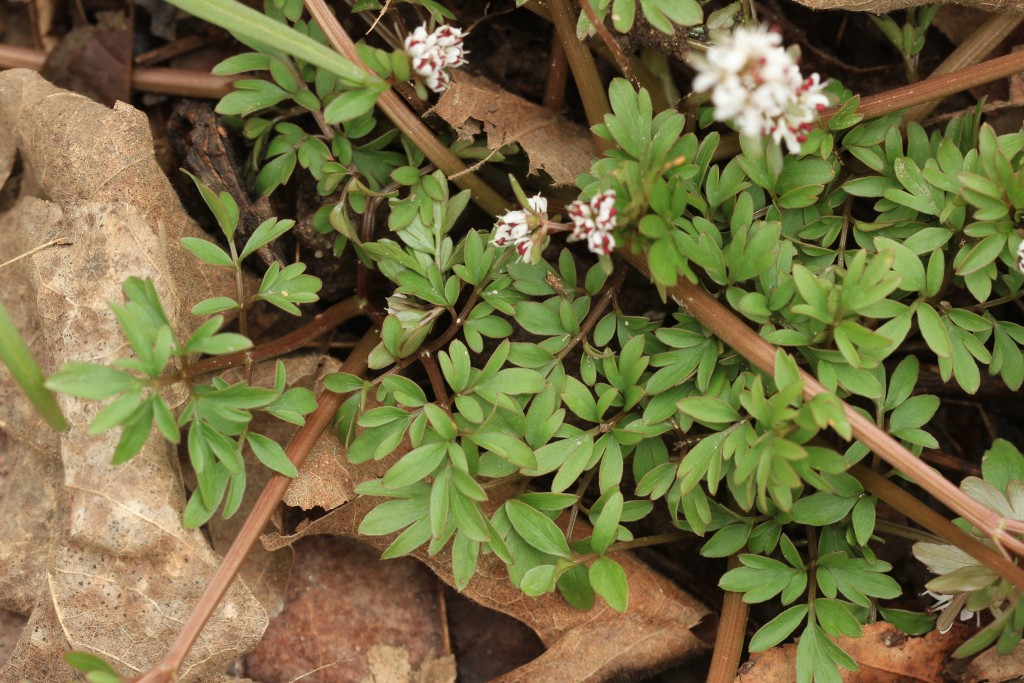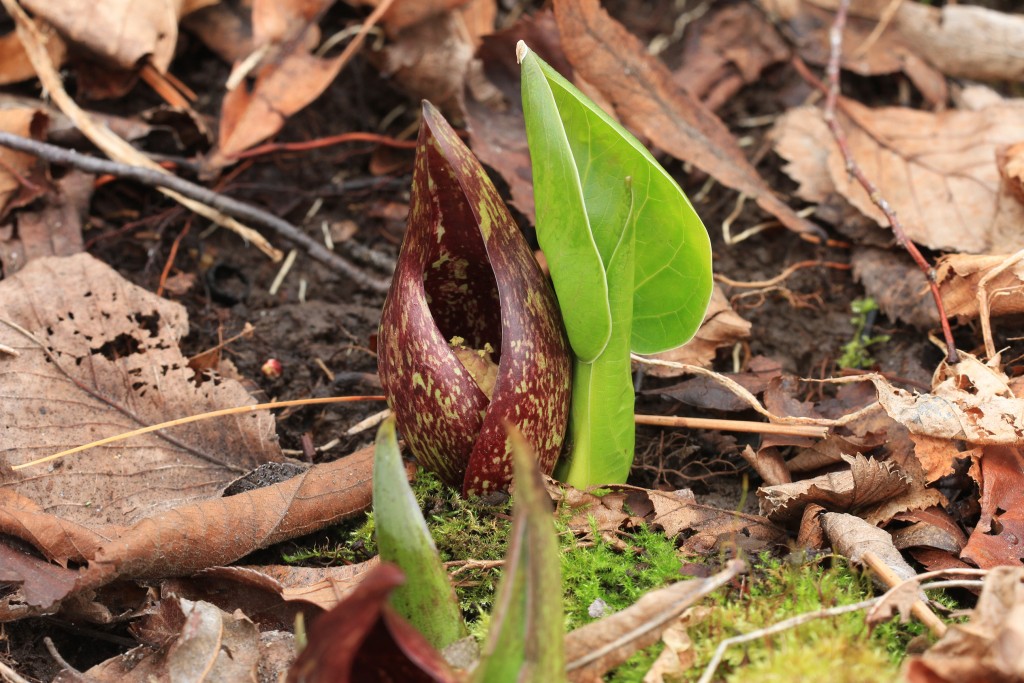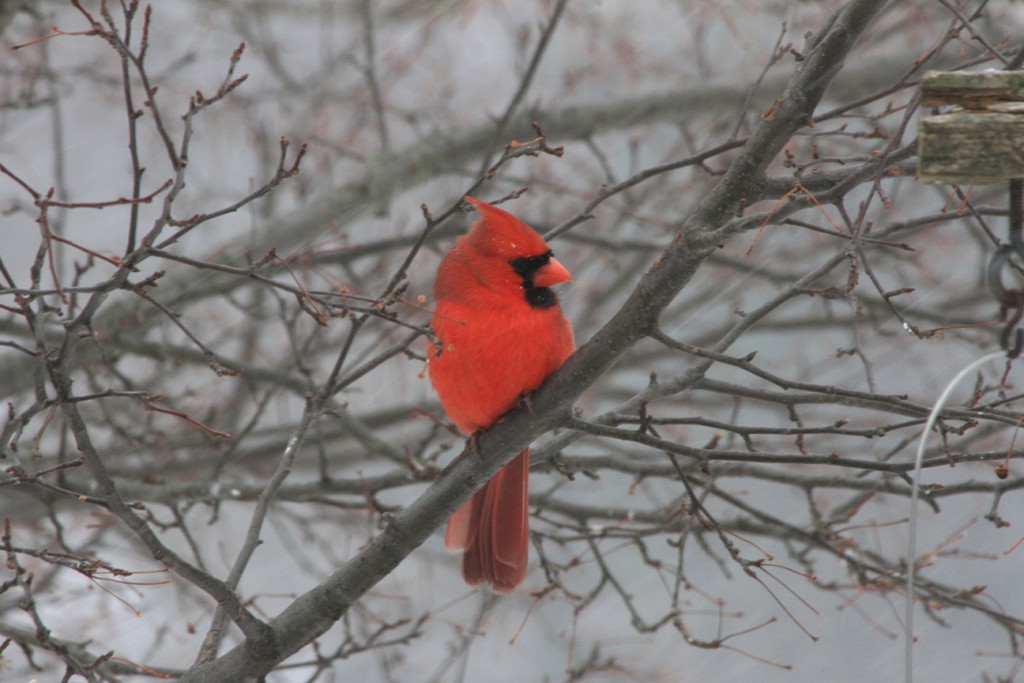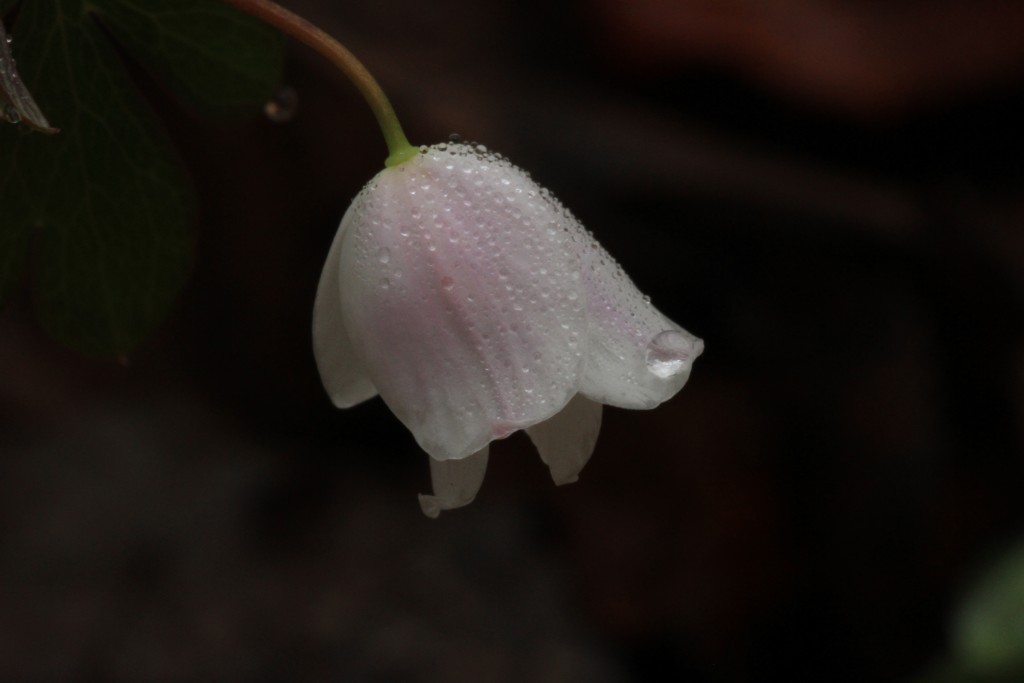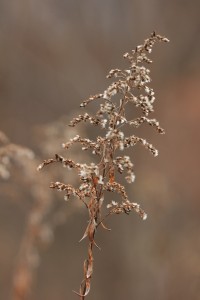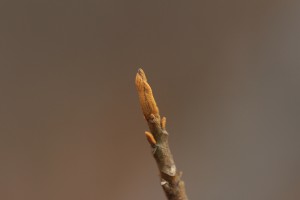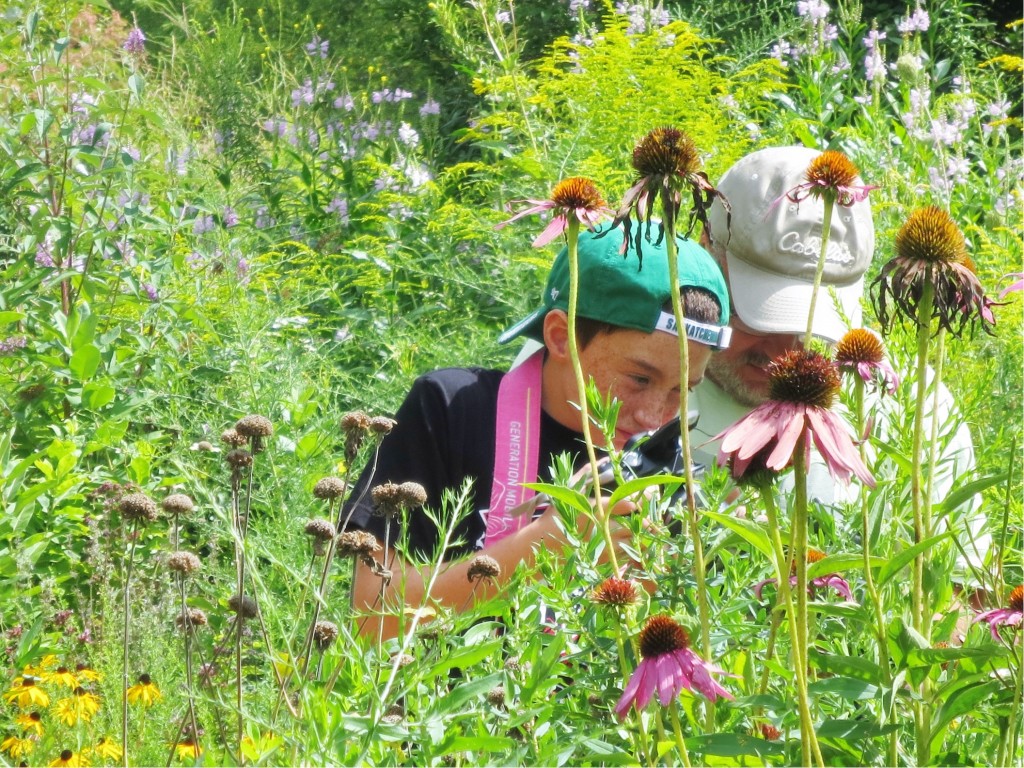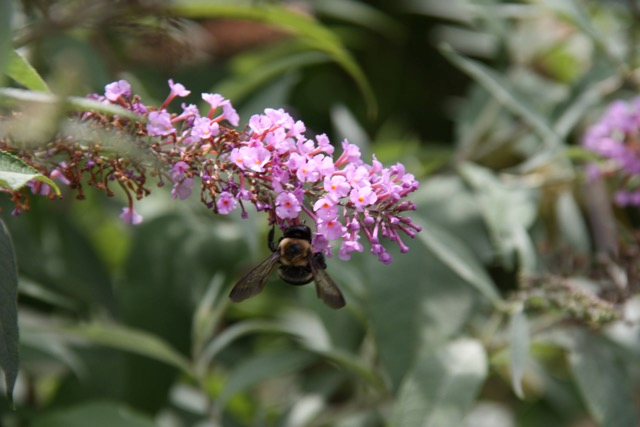A few months ago I wrote about sharing with my great nephew about photography and nature, he went on to win two categories in his age group in a photo contest with photos taken the day we were together in August. There have been people who have influence me over the years and what I have learned from them is often shared with others or influences what I share. My grandfather taught me to enjoy the out of doors and a conservation ethic I will never forget. As a trapper he always made it a point to not over trap an area, always leaving a sustaining population for next year. My mother has always loved gardening and has passed on that love to me and first introduced me to wildflowers. Then there was the naturalist of a new nature center in Benton Harbor who came to the school to do a program at the request of a 12 year old boy. Thanks Chuck Nelson from Sarett Nature Center. I also spent many Sunday afternoons learning from Chuck and others there. When I was first asked to lead wildflower walks at Hoffmaster State Park, Karen Neils taught me how to give effective interpretive talks to a group. Things have progressed and I have learned from others over the years. Over the past 20 or so years I have had the privilege to share my passion and love of creation with many, many people. Through this process I have learned and continue to learn more each day. Where am I going with this? Well I am going to highlight a couple of people who have attended my Prairie class for the Master Naturalist program and you can see how what started with my grandfather is now moved on to those helping inner city kids in a Grand Rapids neighborhood get out and experience the world around them.
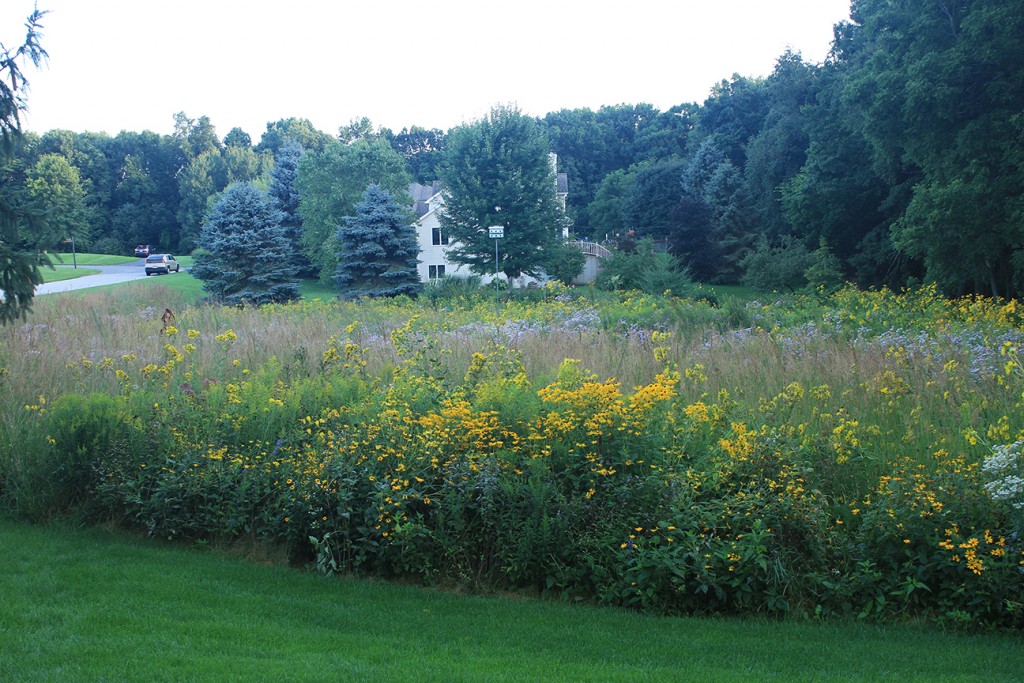
Ruth O. Prairie Belding
First, I was asked to go and see a prairie planting in a yard in Belding, just north of Grand Rapids. As I neared the address, the above photo is what I saw. In a lot between two houses was a beautifully full prairie. There were many grasses and flowers blooming and bursting with color. As I walked through the area I was impressed at the quality and success of this project. Another aspect to this planting was utilitarian, with native plants placed along a ditch; it is also helping to control flooding of the neighbor’s property. While enjoying the beauty, I was humbled as I learned that the lady who had planted this had been in the first Master Naturalist program in 2003 and had taken what she learned and did something magnificent with it.

Kids-Planting-Ken-O-Sha-by-Janet-Staal
Another project is truly amazing in its size and potential outreach possibilities. Jason and Alison attended the Master Naturalist program a few years ago and are often welcome participants in Sunday afternoon interpretive hikes at the Hudsonville Nature Center. Jason has shared with me over the past few years of their involvement and interest in the Plaster Creek area, particularly the Ken-O-Sha Park. Jason asked me to come and look at an area of the park near Ken-O-Sha School that they wanted to plant prairie in. I arrived to find an old ball field and open lawn totaling an acre or more. Michael Bruggink, landscape architect who deals with native plantings was also there and we talked about what would need to be done to turn this grassy lawn into prairie. That was in early September and in late October my son donated the use of his tractor, tiller and time to bust up the sod and prepare half an acre for planting. Now in early December neighbors and students from the school have planted this half acre with seed Jason has collected. Phase one is in and another planting will be in the works to finish transforming an old ball field into a native tall grass prairie.
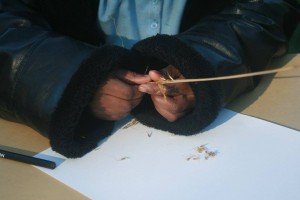
Up-Close-by-by-Janet-Staal
Jason and Alison’s work has not only been to install a prairie, but much more for these inner city students to learn about the natural world around them. They have taken them to Blandford Nature Center to learn about prairies and collect seed. As is often the case, these students had no experience with the natural world and went from not wanting to touch a plant to handling the seeds with excitement. Jason and Alison were able to secure funding so that Blandford Nature Center could collaborate and create the resources for teachers regarding the prairie plants and resources for the students to make connections through their reading, writing and science education. . There are also plans for a rain garden in the spring.
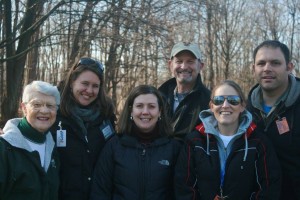
Ken-O-Sha by Janet Staal
This link is to a blog from Blandford Nature Center about this project, it is worth reading: https://bncenviromentalconsulting.wordpress.com/2015/10/29/beyond-the-classroom/
Sometimes others can take what we share and go far beyond what we can do. If you have knowledge and interest in the natural world, get out and volunteer and share through nature centers, schools and other opportunities.
The accompanying photos of the Ken-O-Sha students and project are used with permission from Blandford Nature Center and were taken by Janet Staal, Environmental Education Consultant.
 Click on the title of a post to view a full gallery of images.
Click on the title of a post to view a full gallery of images.
